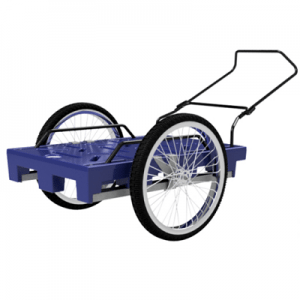
Agriculture
June 23, 2024
AguaPallet
Read SolutionImplemented by
LoooP Creative Ltd
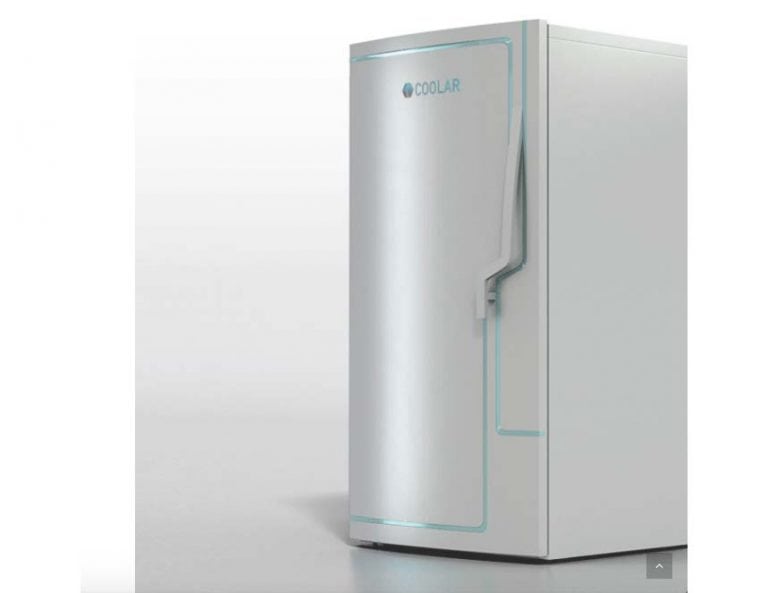
Updated on March 11, 2024
·Created on August 6, 2016
Coolar is a vaccine refrigerator powered by heat instead of electricity
The Coolar system is a medical refrigerator that uses warm water generated through solar energy to provide an affordable, durable, and sustainable solution for vaccine, medicine, and food storage in regions with unreliable or expensive electricity. Coolar is currently in a prototype stage.
Target SDGs
SDG 3: Good Health and Well-Being
Target Users (Target Impact Group)
Public Sector Agencies, NGOs
Distributors / Implementing Organizations
This product is a prototype as of June 2017 and no distributors or implementors have been established, although Coolar is in the process of teaming up with industry partners and developmental organizations like Doctor's Without Borders to bring the solution to market. Coolar is supported by Bayer cares foundation, Expo 2020 Dubai UAE and others
Competitive Landscape
Direct competitors include Sure Chill Vaccine Refrigerator BLF100 DC.

Agriculture
June 23, 2024
Implemented by
LoooP Creative Ltd
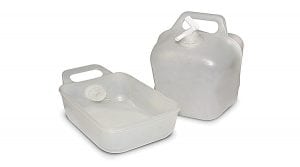
Agriculture
January 10, 2024
Implemented by
NRSRelief
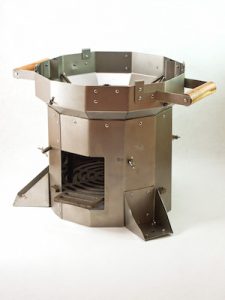
Agriculture
December 31, 2023
Implemented by
Potential Energy
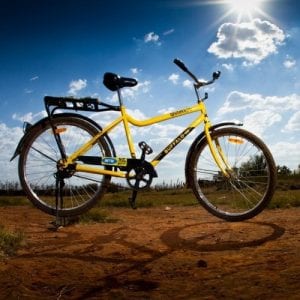
Agriculture
June 22, 2024
Implemented by
World Bicycle Relief

Agriculture
June 8, 2024
Implemented by
ClickMedix
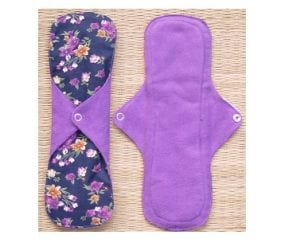
Agriculture
December 18, 2023
Implemented by
Eco Femme
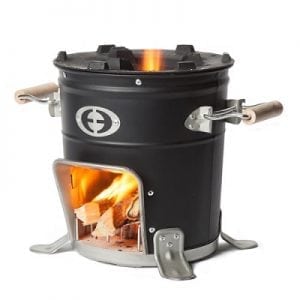
Agriculture
December 3, 2024
Implemented by
Envirofit International
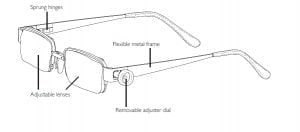
Agriculture
February 5, 2024
Implemented by
EyeJusters
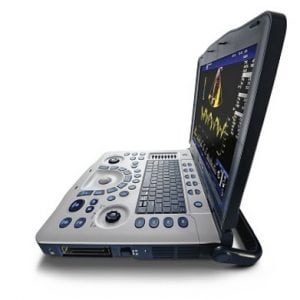
Agriculture
February 8, 2024
Implemented by
GE Healthcare
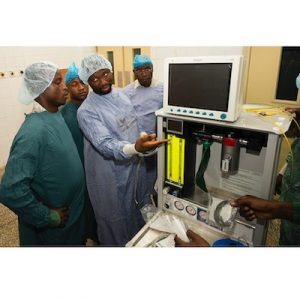
Agriculture
February 5, 2024
Implemented by
Gradian Health Systems
Have thoughts on how we can improve?
Give Us Feedback